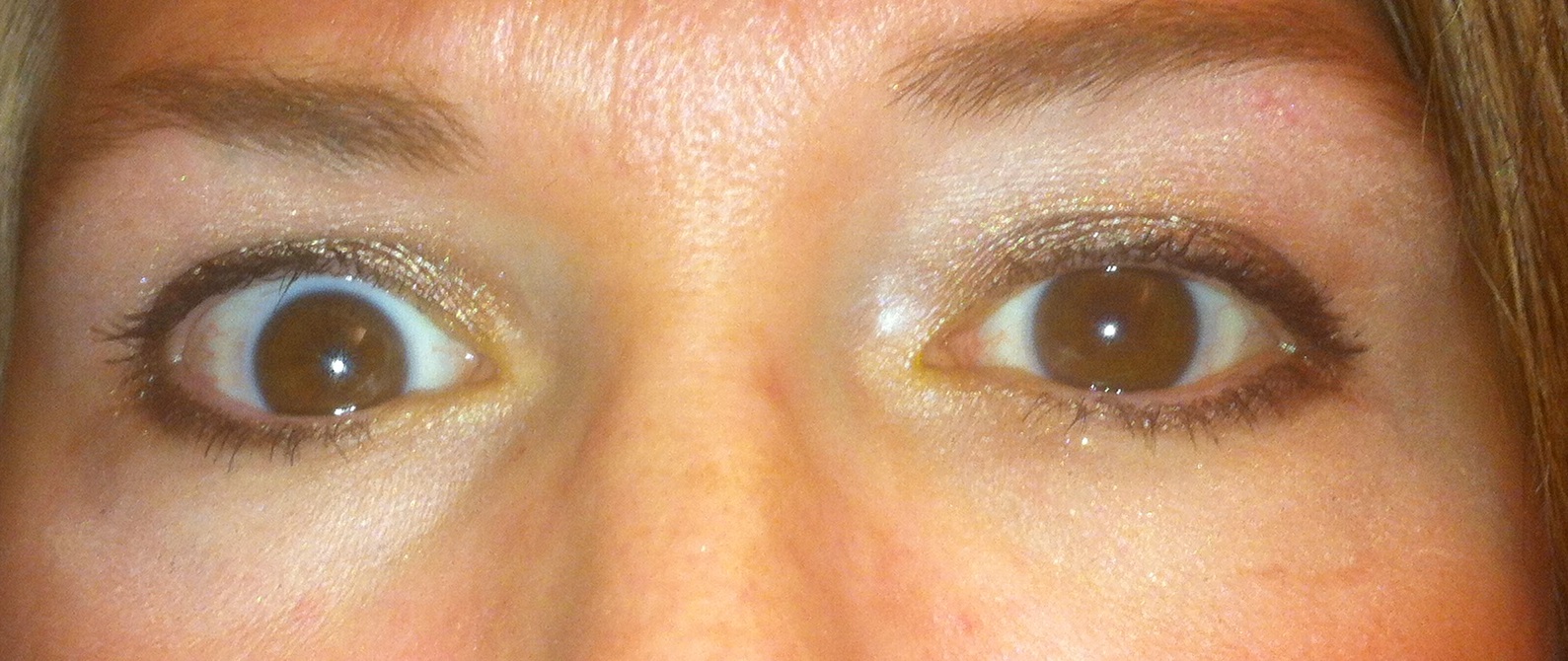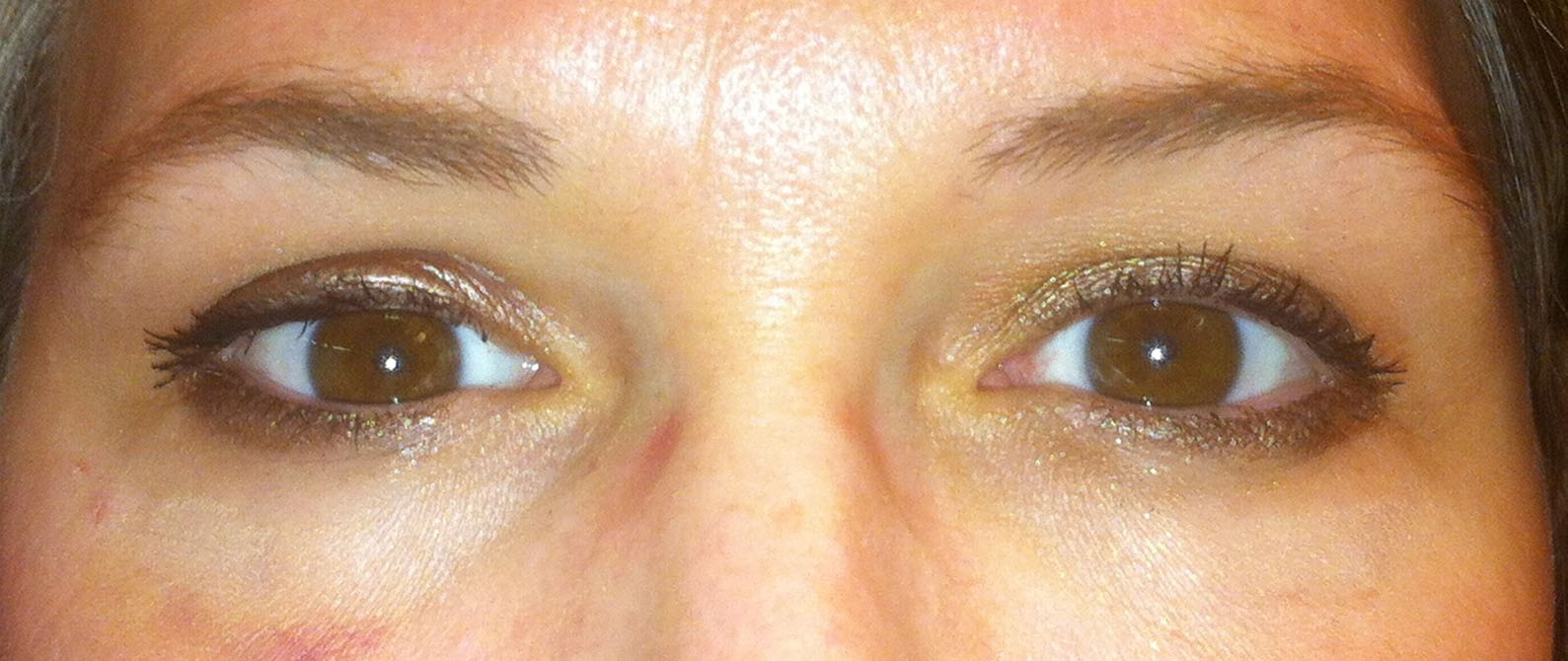Bulging/Protrusion of the Eyes
Thyroid eye disease is an autoimmune disorder characterized by inflammation of the eye socket, which can cause double vision, bulging/protrusion, eye pain, and vision loss. Thyroid eye disease is most commonly associated with an overactive thyroid; however, it can be associated with underactive or even normal thyroid levels.
Management of a patient with thyroid eye disease typically involves several health care providers working together. A primary care provider and/or endocrinologist, may help adjust medications depending on a patient's thyroid levels. An eye care provider assists in ensuring a patient's eye concerns are addressed. An oculoplastic surgeon may be consulted for a thyroid eye patient whose eye(s) do not close due to bulging, or if vision loss is due to bulging/protrusion or if vision loss is due to compression of the optic nerve. A strabismus surgeon may be consulted for a thyroid eye patient whose eyes do not align properly.
Quitting smoking is the most important step a patient can do for themselves.
Oral or intravenous steroids can help reduce swelling of the tissues around a thyroid patient's eye(s).
Radiation treatment to the eye sockets can also reduce inflammation around the eyes and help with double vision.
Lubricating eye drops and ointments can help with dry eyes. Patching eye(s) that do not close completely at night is sometimes necessary.
If a patient's symptoms are not controlled with medications, surgery may be needed.
If a thyroid eye patient requires surgery, the typical order is eye socket surgery, eye muscle surgery and then eyelid surgery. A thyroid eye patient who needs surgery may not require all of these procedures.
Eye socket surgery is called an orbital decompression. Orbital decompression surgery is performed for thyroid eye patients who are losing vision from a bulging eye. This procedure is performed in the operating room with a patient under general anesthesia (completely asleep). During orbital decompression surgery soft tissue and bone is removed from the affected eye socket. The goal of orbital decompression surgery is to increase the volume of the eye socket to reset the bulging eye and create more room for the optic nerve.
Eyelid surgery may involve upper and/or lower eyelid procedures. The goal of eyelid procedures in a patient with thyroid eye disease is to achieve a more symmetric appearance and improve eyelid closure. This can involve surgery to lower an upper eyelid that is too high so less of the white of the eye is visible. Alternatively, lower eyelid surgery can improve eyelid closure and make an eye appear less "bulgy" by putting its position in a more natural position.

